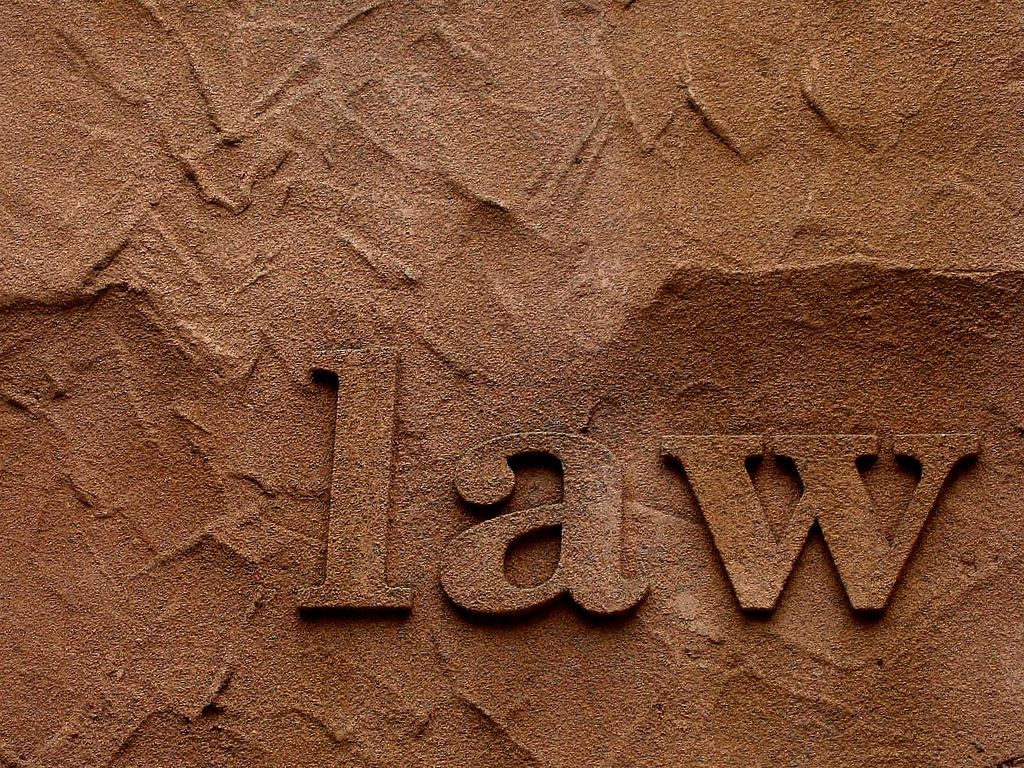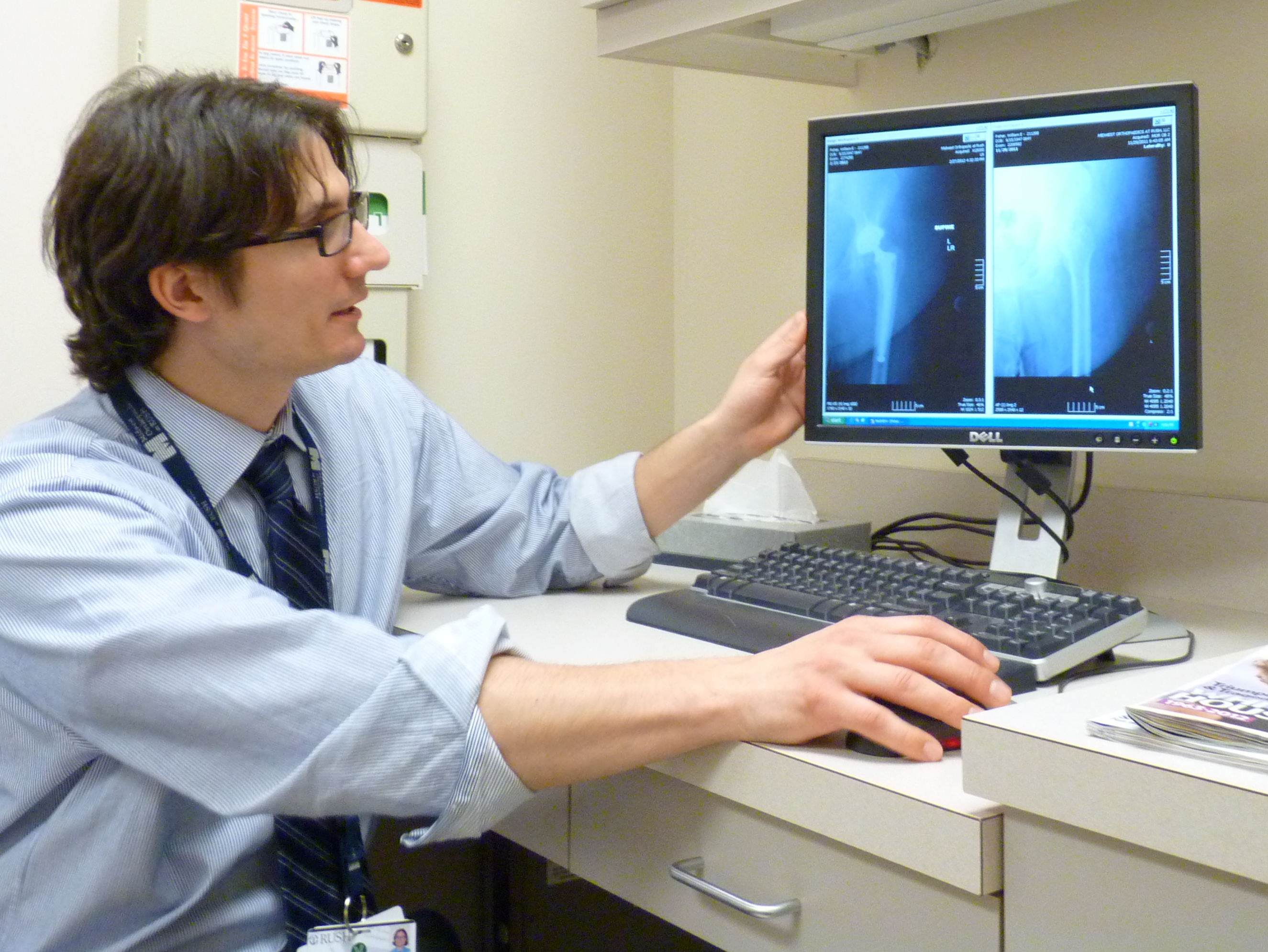Robert Ambrogi of the blog Law Sites believes “that crowdsourcing can help democratize legal research and enable free research sites to become more viable alternatives to paid sites.” Unfortunately for those who believe strongly in the impact crowdsourcing can have upon the law profession, most websites focused on sharing legal issues have failed. Crowdsourcing relies on users to contribute freely to the conversation at hand, whether that be by posing questions about certain law practices, sharing new insights or research that can educate others, or arguing hypothetical cases. Due to the fact that users are posting of their own free volition and not because they are looking forward to being paid, they need an incentive to keep coming back to the site and adding to the growing bank of knowledge. In the past, as shown by a multitude of legal crowdsourcing websites that have disappeared or gone dormant, finding the right incentive can been difficult. As Apoorva Mehta, the creator of one such failed enterprise, explains, “I didn’t know anything about lawyers when we started. Turns out, they don’t like technology, and they don’t like to share things.”
Even though many have failed in the past, crowdsourcing legal research could still be effective at accumulating knowledge. Three sites—Casetext, Wex, and CanLII Connects—are proof that lawyers can collaborate using technology. Each site has a slightly different way of encouraging lawyers to contribute. For example, Casetext has created little niches called Casetext communities that allow lawyers with similar interests to discuss and network together online, prompting discussions and drawing more users to the communities. Additionally, Casetext provides an outlet for lawyers who love writing about law without the added worry setting up an individual blog or analyzing SEO. This publishing platform, called Legalpad, even comes with built in readers from the Casetext communities. Wex approaches incentivizing a bit differently by narrowing down the type of crowdsourcing it hopes to generate and focusing on becoming a sort of legal Wikipedia. Those that contribute to Wex articles are then listed as one of the authors. Lastly, CanLII boasts a bit of exclusivity by only allowing registered members the ability to engage in crowdsourcing.
Crowdsourcing websites have to focus on what is going to make people want to contribute and how to make those contributions useful to others. Though sites are still trying to pin down exactly how to accomplish the former, the free availability of legal research that Ambrogi dreams of may not be just a dream much longer.
Article via Law Sites, August 10, 2015
Photo: The Rotherhithe Picture Research Library via Chris Guy [Creative Commons Attribution-NonCommercial-NoDerivs]





